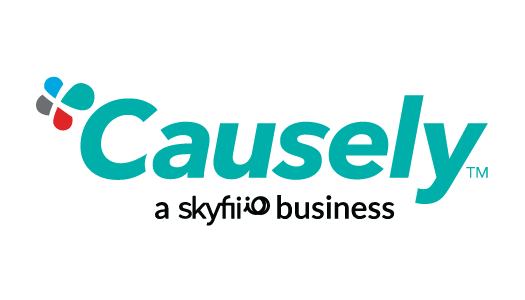The following post was written by our friend, Lloyd Melnick, Sr. Director of Customer Experience at Zynga.
A recent article in the Harvard Business Review, “Making Charity Pay,” by Michael Norton and Jill Avery, shows how business can use cause marketing to improve profitability. They point out that charity can enhance customer loyalty, brand awareness, and even sales. To impact metrics positively, however, you need to implement cause-based initiatives appropriately.
Norton and Avery analyzed both successful and unsuccessful charitable initiatives and determined that success is driven by companies aligning causes that resonate with their customers in a way that drives business results.
The first part of the equation is aligning the cause with the customer. With most successful initiatives, it means looking beyond causes that are important to you, the leadership team or maybe even your local community. You need to talk to your customers and understand what causes are important to them. One simple technique I have found particularly successful is surveying your customers and asking them to rank the causes you are considering for the initiative. Just ask people at check-out or leave a book near the door on what are their most important charities.
The second part of the equation is ensuring the initiative drives retention, customer satisfaction, sales, or other metrics that improve customer lifetime value. While you may get a great reaction from your customers by simply supporting charity, if the program is not structured well, that’s the only benefit you will see.
For example, if the goal is to drive sales, then be clear to customers on how a purchase will help their cause. Tom’s Shoes does this well; they make it clear that if you purchase a pair of their shoes, they will also provide a pair to someone in need.
Similarly, if the goal is to improve retention and customer satisfaction, make sure your customers are aware of how their involvement with your business will support their favorite causes. Causely is a great example of this, as they make a clear connection between checking in on Facebook and supporting a charitable program.
Finally, remember that cause-based initiatives are similar to other initiatives and features that are used to improve metrics and thus should be reviewed and analyzed. You should apply the same rigorous analytics to your cause-based initiatives that you do to all other aspects of your business.
Done well, a charitable initiative can drive sales, retention and virality. The key is structuring the initiative so it achieves your goals and does not simply make you or your team feel good.
Key takeaways
- Cause-based charitable initiatives, or “cause marketing” can improve loyalty, satisfaction, and sales. If you’re seeking how to improve customer retention, cause marketing is one of the best things you can do.
- The initiative should be structured so that it appeals to your customers’ interests and the causes they care about.
- To succeed, the initiative needs to be structured so it moves the metrics you are trying to impact.
- Make sure to read our list of 3 Things Your Businesses Need to Know About Cause Marketing, where we’ll show you some key ways how to improve customer satisfaction.
To read more of Lloyd’s work, visit his blog, The Business of Social Media

